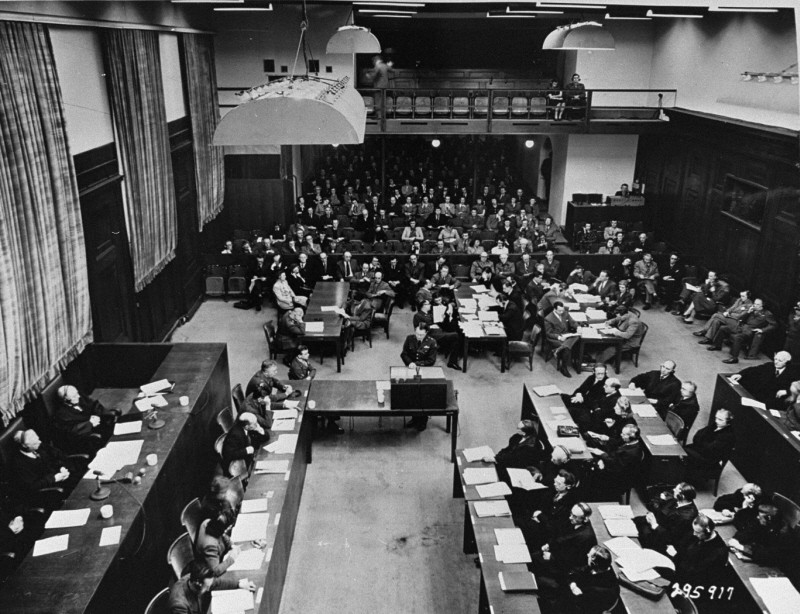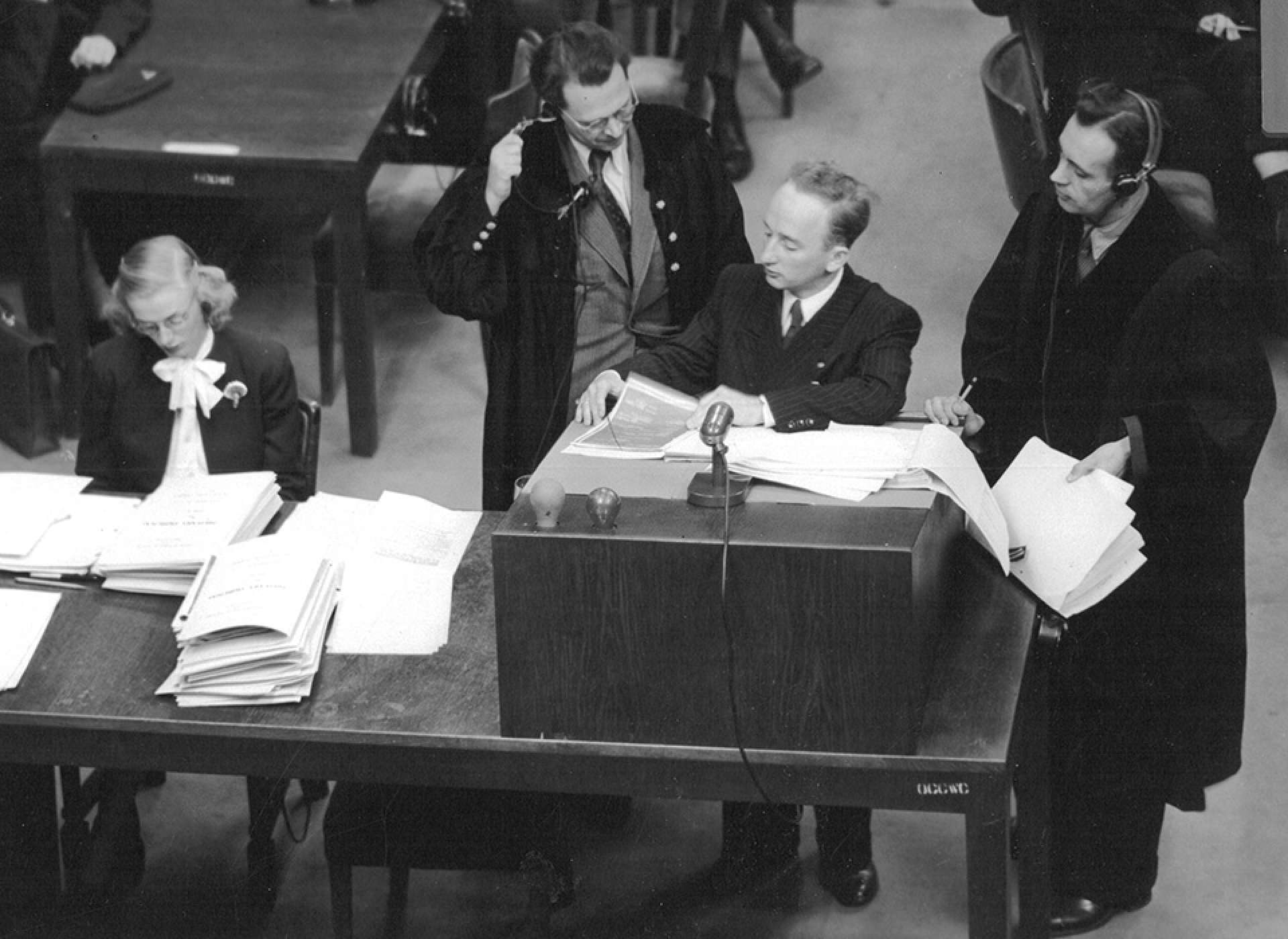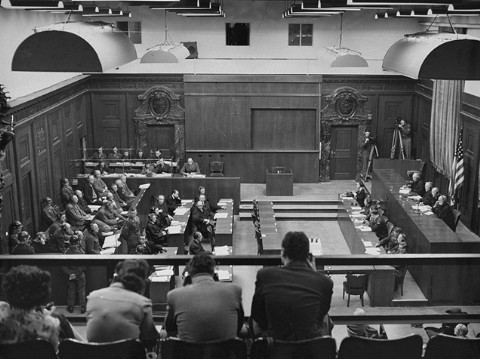
US Brigadier General Telford Taylor, chief counsel for war crimes, opens The Ministries Trial by reading the prosecution's opening statement. He charges Hitler's ministers with "crimes against humanity." Nuremberg, Germany, January 6, 1948.
Subsequent Trials
The Nuremberg Trials held 13 trials. Subsequent Trials: 1946-49, were the 12 additional trials, held by some of the American Military against the corrupt German leaders, SS perpetrators, Military tribunals, and more. According to Holocaust Encyclopedia, “In total, the United States indicted 183 defendants in 12 subsequent Nuremberg trials. These resulted in 24 were sentenced to death, 20 to lifelong imprisonment, and 98 to long prison terms in many cases. Twenty five defendants were found not guilty.” There were only 183 people brought to the Subsequent trials out of thousands more, and more than half of the people there were only imprisoned for about 10 years. The trials were as follows; the Doctors trial, the Milch case, the Justice case, the Pohl case, the Flick case, the I.G. Farben case, the Hostage Case, The RuSHA case, The Einsatzgruppen case, The Krupp case, the Ministries case, and lastly, the High Command case.

US Brigadier General Telford Taylor, chief counsel for war crimes, opens The Ministries Trial by reading the prosecution's opening statement. He charges Hitler's ministers with "crimes against humanity." Nuremberg, Germany, January 6, 1948.

Benjamin F. Ferencz, lead US prosecutor at Case 9 (Einsatzgruppen Trial), flanked by two German defense attorneys objecting to his introduction of documentary evidence implicating their clients in mass murder. Image courtesy of the National Archives.
One of the most important cases was the Justice Case. The Justice case was held on February 13, 1947, and was the 3rd case of the Subsequent trials. “Of the sixteen defendants indicted on January 4, nine were officials in the Reich Ministry of Justice, while the others were members of the People's and Special Courts. The defendants were arraigned on February 17, all pleading not guilty to the charges against them.”, mentioned the Holocaust Encyclopedia. The defendants were charged with “ judicial murder and other atrocities, which they committed by destroying law and justice in Germany, and then utilizing the emptied forms of the legal process for the persecution, enslavement, and extermination on a large scale.” according to the Holocaust Encyclopedia. In the end, ten of the defendants were found guilty, four were found not guilty, and two defendants were not included in the judgment because one died and the other was too sick to attend most of the trial. This trial shows that about ¼ of the defendants were free to live their lives, no charges necessary for all the crimes they committed and the number of people they have killed. The Subsequent Trials prove that a handful of people that could have implemented this absolute genocide were not found guilty.

The view from the visitors' gallery during the Justice Case.
This footage shows US prosecutor Telford Taylor describing the defendants in the Justice Case
US Holocaust Memorial Museum